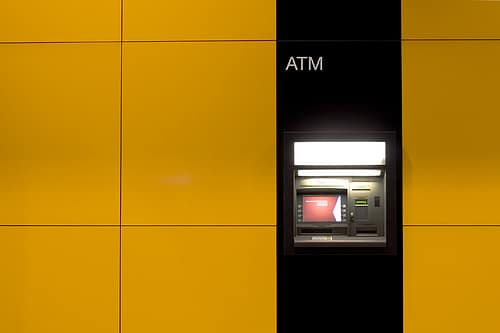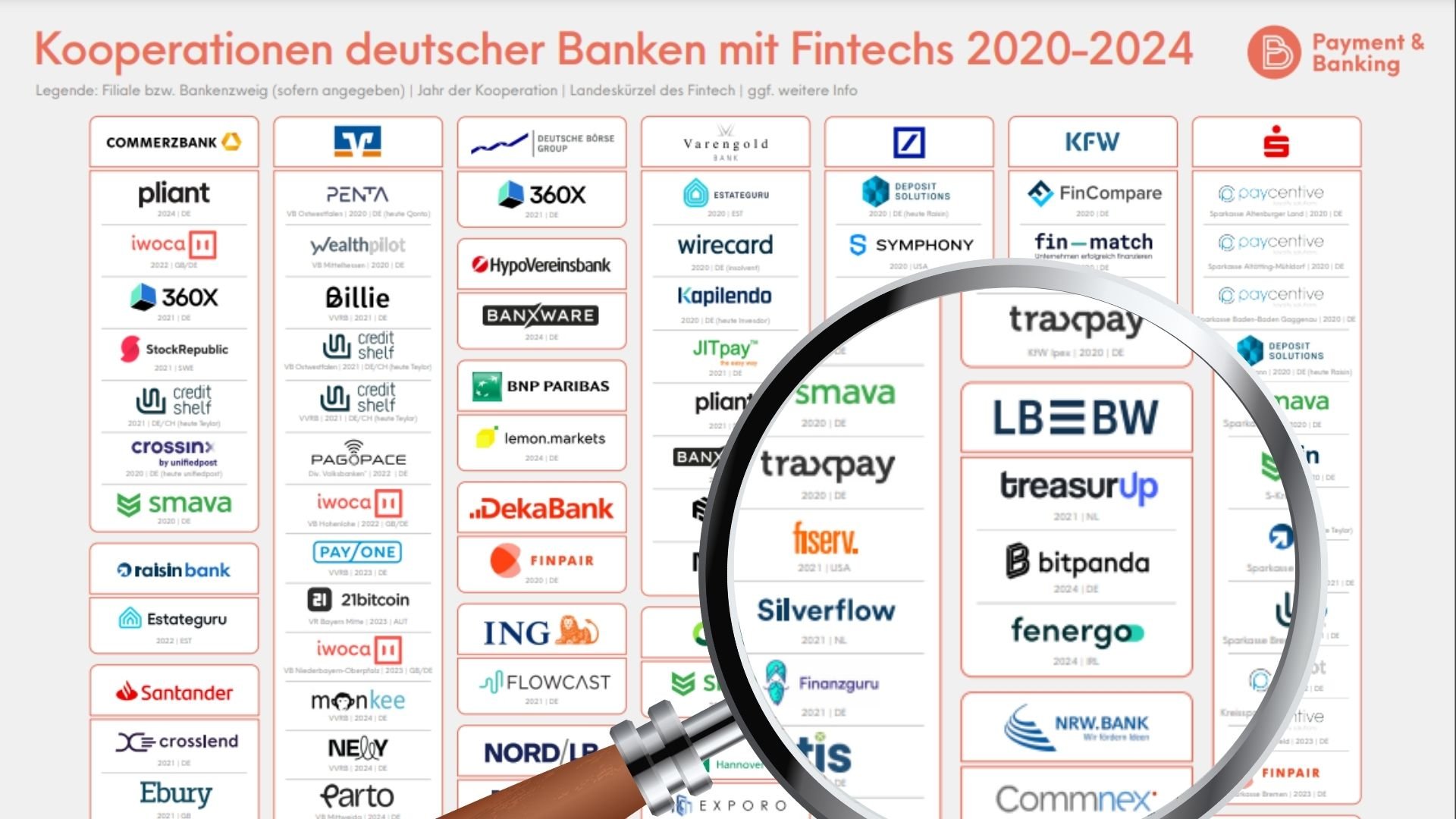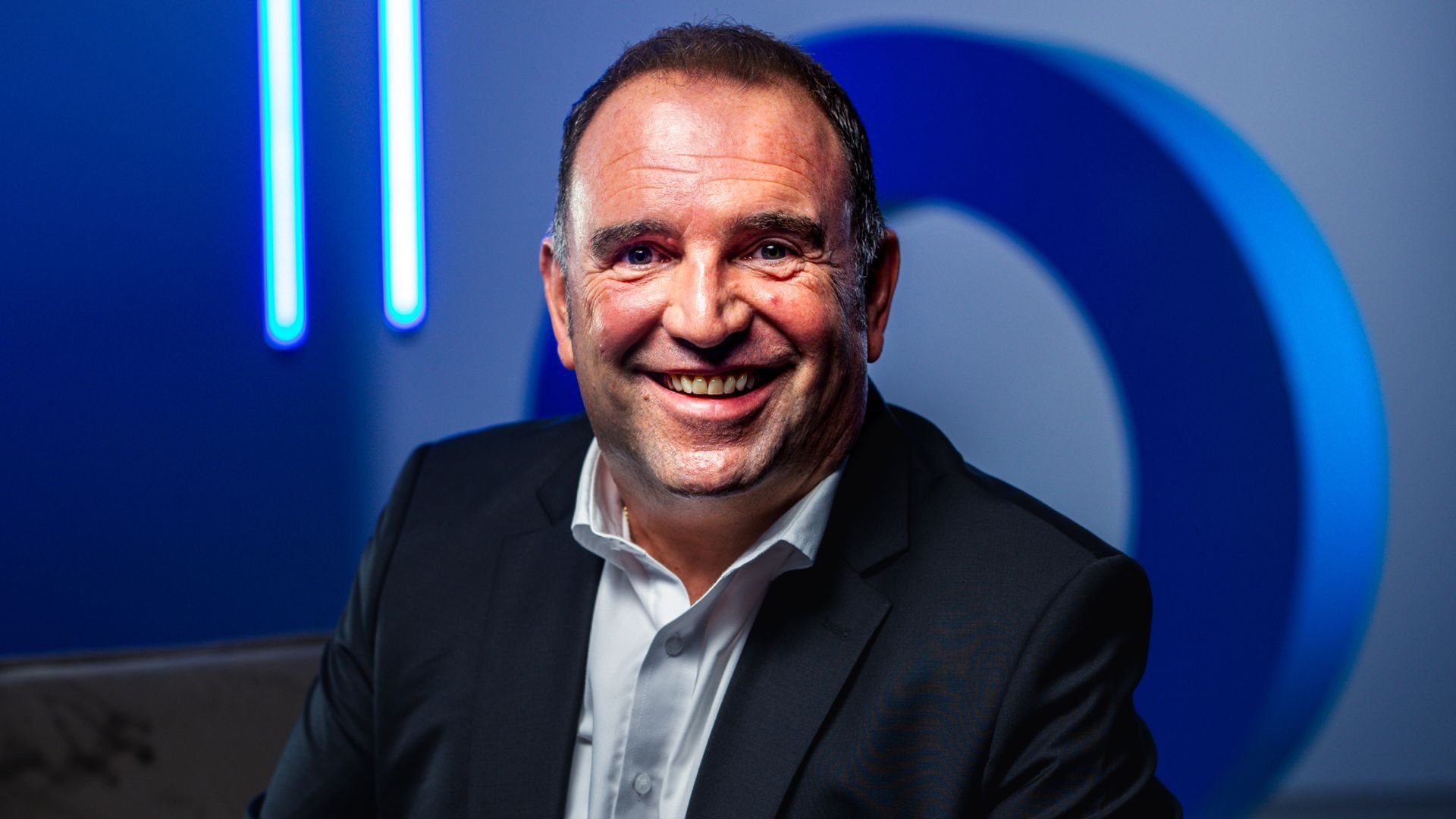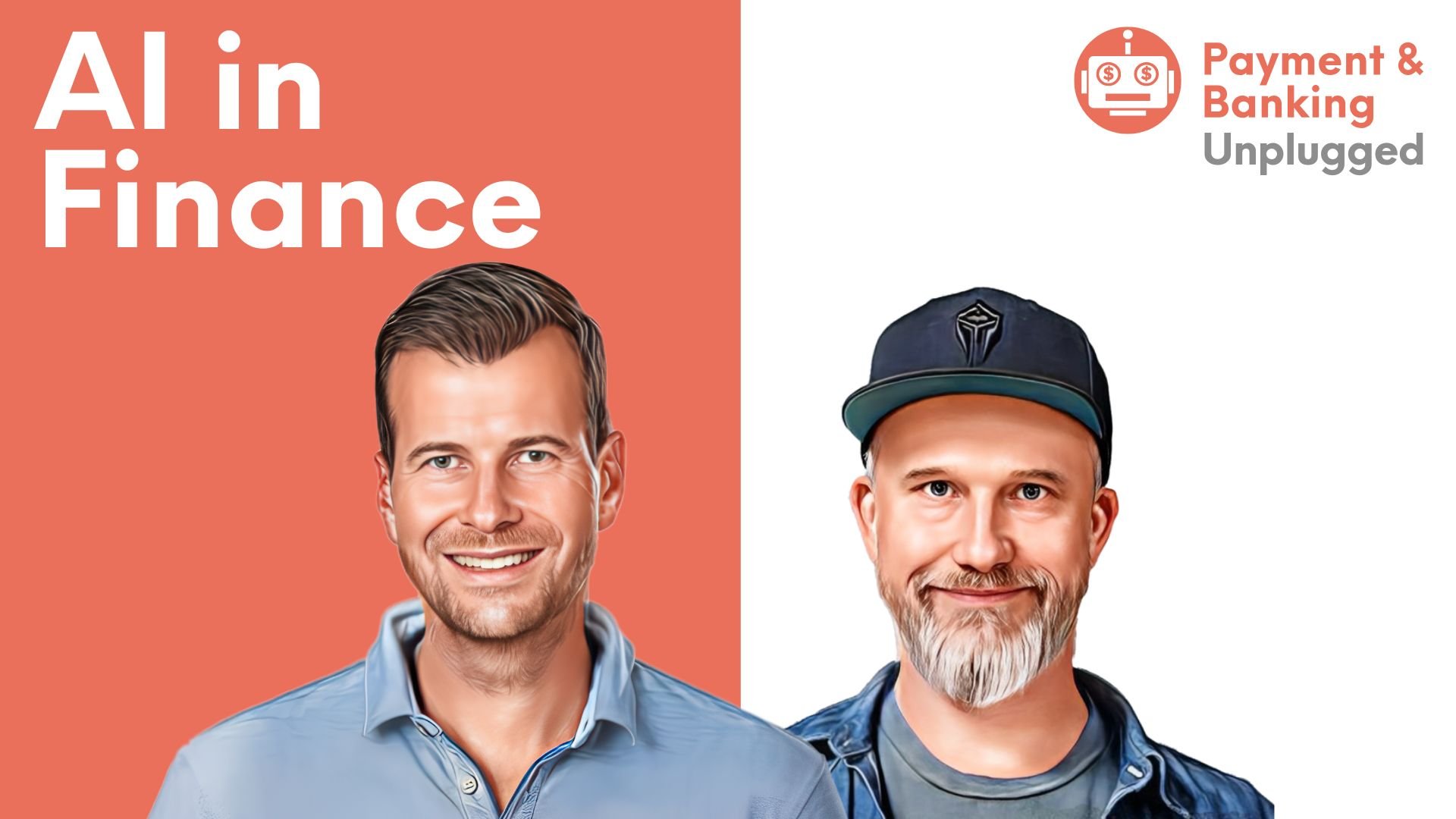In recent years, driven mainly by the rapid growth of e-commerce, payments have changed fundamentally.
Until the early 2000s it was still normal to go to the bank in payment questions, the landscape has changed completely in recent years. New suppliers and innovative products have turned the payment industry upside down. Adyen, Stripe, Klarna and last but not least PayPal are just the prominent tip of the iceberg.
Arnulf:
- One could argue that the banks are still very present, as they maintain and own the key infrastructures of payment transactions. But as any infrastructure this happens behind the scene, is highly regulated and needs massive scale to allow for tiny margins, that are under constant pressure. Technological innovation pressure adds a forcing factor to weed out anyone but the smartest, fastest and efficient players.
On the other hand there is a sea of banks, over 1600 in Germany alone, that suggest a great variety and market efficiency. But in fact most have long been technically consolidated by only a handful of hosting centers. So the variety of players is nothing but a long list of brandings run by a whitelabel solution provider behind – but maintaining a cost basis of a full stack bank. That is short wings on a big body – and won’t fly for long. During the transformation of the market over the last decades, payment transactions weren’t really a stronghold of margin, especially not in the consumer business. So payment has been somewhat of an orphan to banks, that everyone needed to offer, but no one could earn money with. At best it was a strong hook to lock in the customer, to then monetize his/her needs for credit taking, savings and investments. But as customers are being flattered by personally tailored digital solutions from customer obsessed aggressive well funded players, they moved on to where they got the best service offering at the lowest price. Thats how PayPal, Stripe et al. managed to conquer former strongholds of banks in payment to monetize them better than any bank would have ever dreamt of. The secret sauce was ruthless customer centricity – and it’s the same what happened to retail by Amazon.
So whats going to happen with PSD2 opening API access to anyone’s bank for anyone else?Well, quite simple: the fast will get faster, while the slow get slower. The fast will satisfy consumer demand, own the front end and skim the margin off the market, while the slow will be busy to keep up, not participating from the innovators dividend but being burdoned by keeping up technologically to an acceptable level. In effect we will see stronger and more consolidated payment infrastructure hosting centers by bank, but fewer invariable brands on top of it, as they will make way for more customer centric players capturing the margin of the consumer frontend. And payment will be one of the key driving forces behind this development, as it represents the ultimate currency of todays age: data and user engegment. Whoever owns it, wins.

Kilian:
- Banking and Payment have a lot of things in common – highly regulated, high margin (but significantly declining), legacy IT, cultural spirit, lack of innovation, slow, no willingness to change – this list can be extended – the worst of all is, that everything which is an issue on the payment side, will be factor 2 – 3 on the banking side….. but the main factor is the declining relevance on the customer side – nobody wants to pay (but they have to at least, when they purchase) – but on top – nobody wants “to bank”. If payment disappears “under the surface” – (retail)banking will be going to the ground. Next to the drivers like PSD2 – topics like MachineLearning, Digitization, AI, etc…. all topics which attack core elements on banking – means on the one hand the employees, then the processes and over all “the business”…..banks will become more and more a scaling business – M&A actitivities will ramping up – but on the other hand – niches and opportunities will pop up here – for new players or for companies which are focusing on the customer – there are large customer groups, which are not serviced quite well…
Jochen:
- With the introduction of PSD2 and the mandate for banks to open up their APIs, European banks are currently at an inflection point with regard to their future. Are they also following the path of mobile phone carriers? Once big brands with customized phones and phone operating systemes plus multiple services beyond pure voice services (think of SMS, now complete market lost to messenger apps). Then Apple and Android downgraded the existence of carriers to a small icon on the upper left side of the smartphone. With iPhoneX and eSim their visibility has disappeared completely and they became a totally exchangeable backend service provider. When I look how Paypal and other payment providers have disintermediated the banks from their customers in payments this is a clear signal for the threat.
Now with PSD2 banks can also embrace the change and offer better connected financial services in a connected world to their connected customers. Who will win the race? Dotcoms with their digital access to customers or banks embracing the digital and mobile challenge by their customers? Think of the famous Steve Ballmer “Developers, developers developers speech at a microsoft developers conference” When will we see a sweated bank CEO pushing external developers to connect to the bank PDS2 APIs offering better connected services? With PSD2 the technological base is now set – now we will see who will pick it up.

Miriam:
- Till the end of the 1990`s the banks have been responsible for payments. With the rise of e-commerce, online payments in the consumer and retail sector exploded. Online payment systems run in real- time and not as in pre e-commerce times in batch processing. The movement to real-time payments challenged the technical banking infrastructure too much. The banks lost the technology race for processing online payments against third party Payment Service Providers as it was only about technology. Today there is a continuous demand to optimize the payment experience and the conversion in multi channel environments. This is also the reason why alternative payment mechanisms such as PayPal, paylater options or Apple PAY will continue to grow strongly. These alternative payment methods are mainly driven by convenience. The banks themselves didn´t manage to create really smart and innovative payment methods. The only exception I know is iDEAL in the Netherlands. With the PSD2, the banks could get a new chance to take part in the payments game again. They could become information provider (credit scores eg.) for retailers and payment provider. In order to offer this, they will need to facilitate access via an API to their customers accounts . As the banks own the customer data, they have a huge advantage over possible new players that want to attack them. But again, it is all about technology again..





